Revolutionize your inventory with RFID
Manage your supply chain using a technology with proven benefits for retailers and suppliers
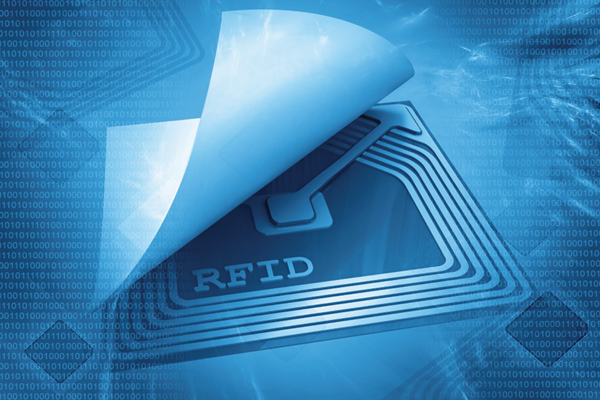
What is RFID?
RFID stands for “radio-frequency identification”, and refers to technology that captures digital data encoded in RFID tags or SMART LABELS via radio waves. RFID is similar to barcodes in that data from a tag or label is captured by a device and stored in a database. However, RFID is different in that RFID tag data can be read without line-of-sight, whereas barcodes must be read directly with a scanner.
Making inventory management easier than ever before
How does RFID work?
RFID technology identifies objects, collects data, and enters that data into computer systems with little or no human intervention. An RFID system consists of three components: an RFID tag or smart label, an RFID reader, and an antenna. RFID tags contain a circuit and an antenna, which transmit data to the RFID reader. The reader then transmits the tag information to a computer system, which stores the data in a database.
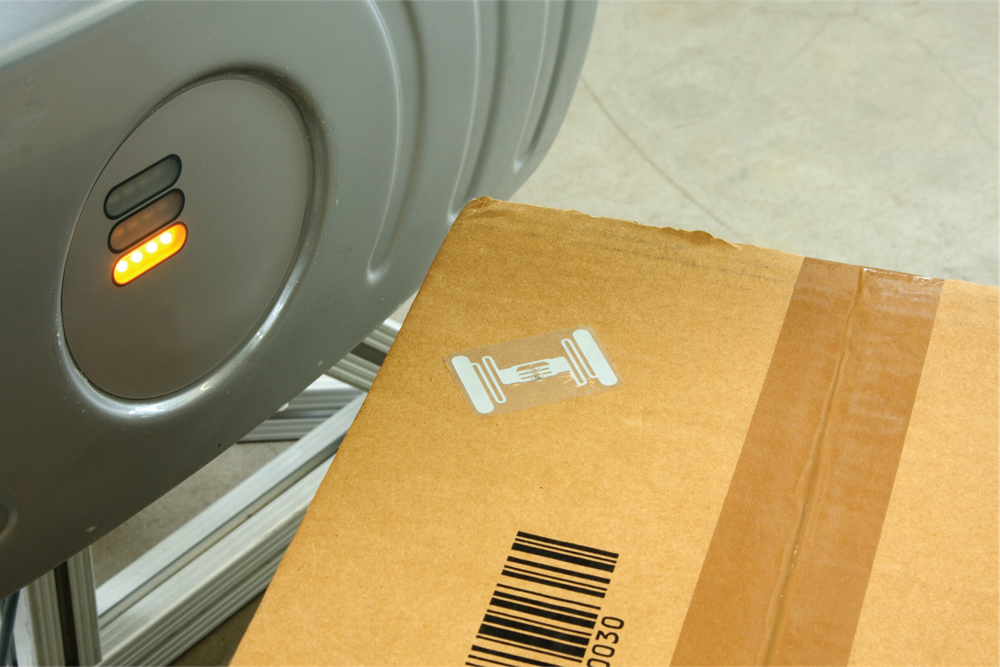
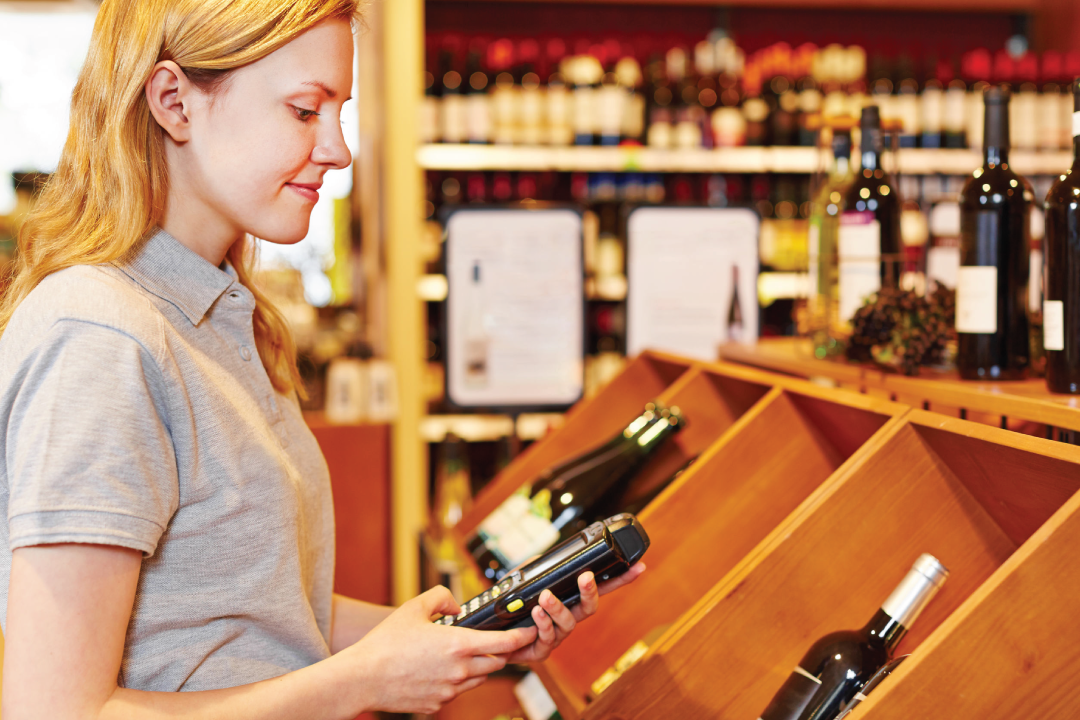
RFID in practice
Imagine going to the grocery store, filling up your cart and walking right out the door. With RFID, you would no longer have to wait as someone rings up each item in your cart. Instead, these RFID tags communicate with an electronic reader that detects every item in the cart and rings them up automatically. You can implement this same technology in your place of business. Bit-by-bit inventory checks would be a thing of the past. Know where everything is in your warehouse and/or store with a wave of your hand.
Making retail painless
RFID tags are unique to the product they are attached to. For example, when an inventory associate uses an RFID reader to scan a shelf of jeans, they can differentiate between two identical pairs based on the unique information stored on the RFID tag. Each pair has its own serial number, meaning the associate could not only find a specific pair, but they could tell how many are on the shelf and which pairs need to be replenished.

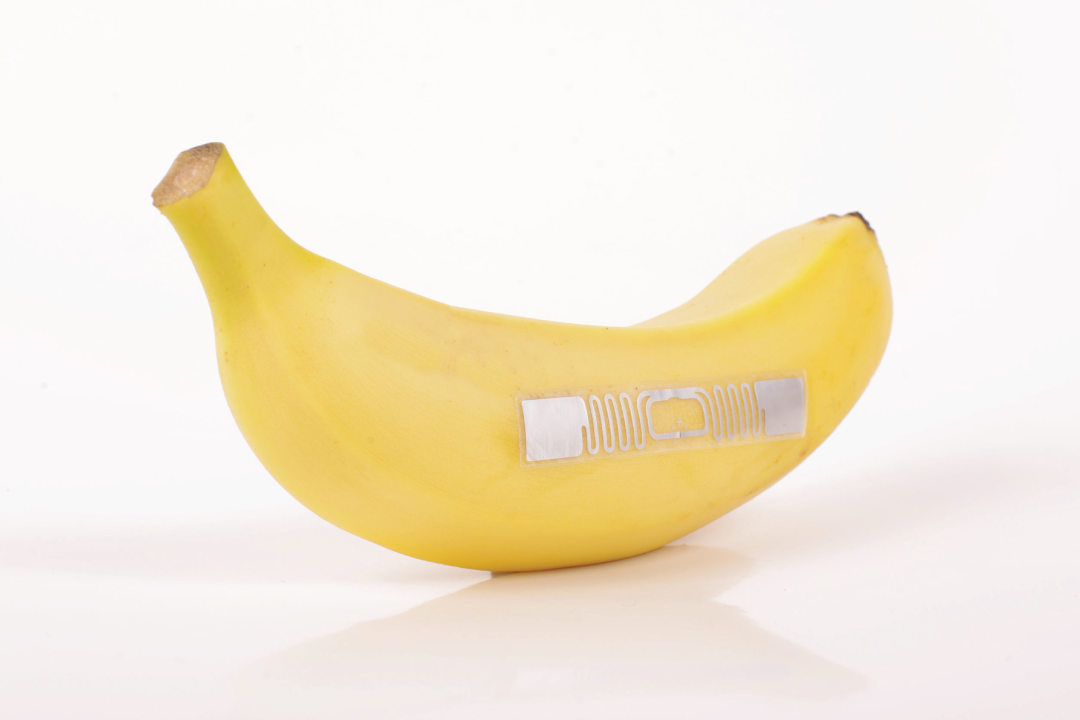
Fixed RFID Readers
A fixed RFID reader is a stationary device that automatically scans any nearby RFID tags. Fixed RFID readers can capture information about an entire pallet of goods as it moves through a gate or door. Using active RFID, fixed active readers can read tags at distances greater than 300 feet. They can automatically identify objects as they move through a doorway or dock because RFID transmits signals through most surfaces, including wooden pallets and containers.
Handheld RFID Readers
Handheld RFID readers have a single antenna embedded in them, which makes them ideal for passive RFID. Passive handhelds have a read range of approximately 20 feet, so they are commonly used to manage inventory at the item level. For example, retailers could point a reader at clothing display in-store and instantly know which colors and sizes need replenishing. In warehouses, companies easily find misplaced items using passive RFID and handheld readers.
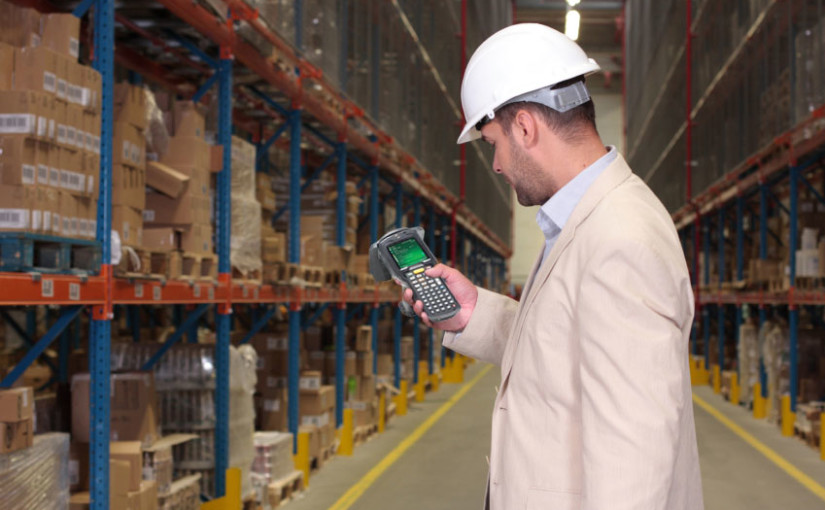
Manage your assets with tools that keep profitability in mind
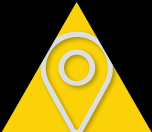
Supply chain management
Fixed scanners can automatically scan groups of items stored in warehouse containers as they move through the production and distribution process. Your suppliers can tag items before shipping, and track upon arrival.

Inventory management
Retailers can locate items on the retail floor in warehouses so they can be replenished without impacting operations.
Tracking individual assets
Libraries and bookstores use electromagnetic strips to track various assets. This enables customers to use self-checkout, which reduces the need for staff presence.

Useful in all Industries
Track static or in-motion assets; such as wheelchairs in a healthcare facility, laptops in a corporation, or servers in a data center. Users can instantly determine the general location of tagged assets. Control point detection zones placed in strategic locations allow the user to define logical zones and monitor high traffic areas.